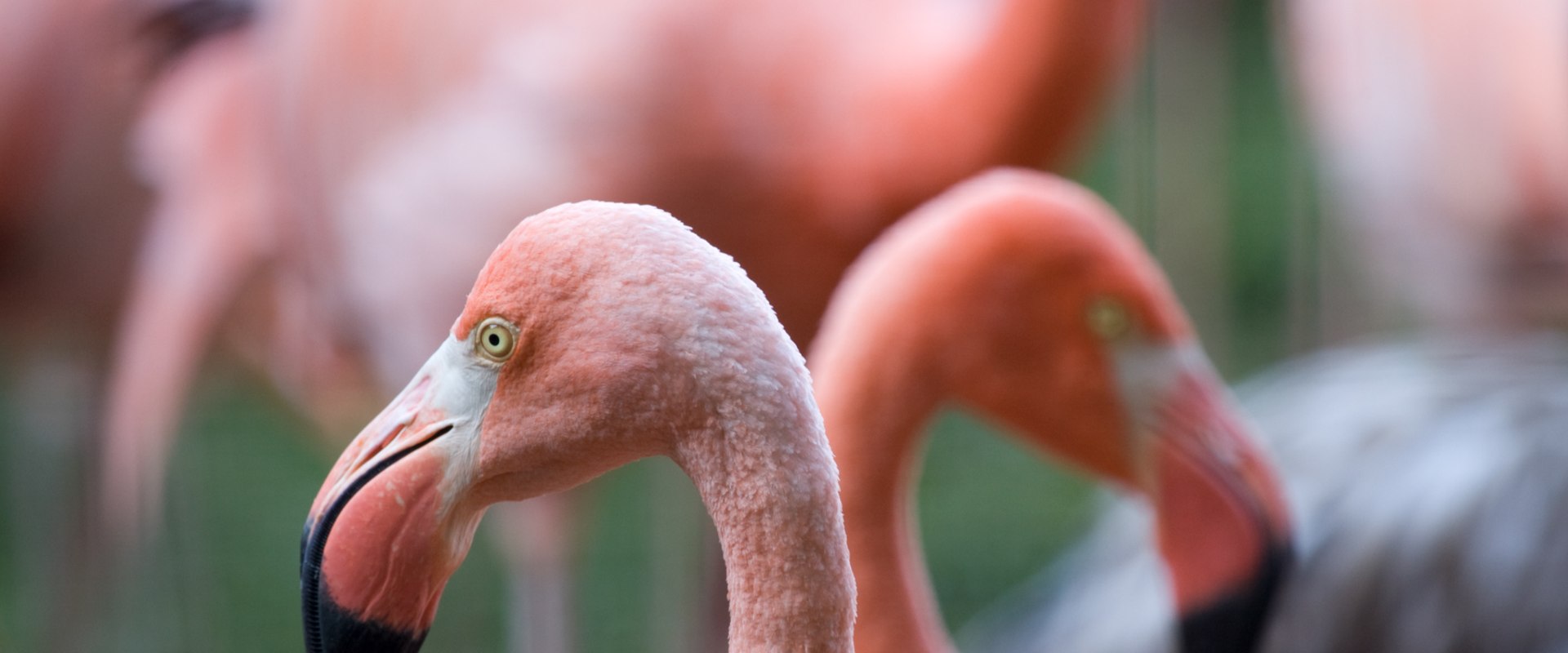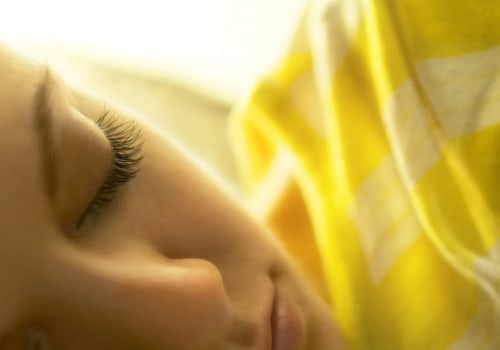LONDON (Reuters) — Birds have an incredible ability to sleep with one eye open and half their brains awake. This is known as unihemispherical slow wave sleep (USWS). This allows birds to spot predators while still being able to close their eyes. Birds usually sleep with their eyes closed, but they can also sleep while standing up.
Flamingos are one of the most beautiful and strange birds in nature. They have a diet rich in larvae, algae, and shrimp, which gives them their bright pink feathers. They eat with their heads upside down, sleep with their necks resting on the back of their bodies, and often rest for long periods on one leg. Dolphins have a similar ability to birds, where they can put half of their brain to sleep while the other half remains conscious and functioning.
They alternate which side is sleeping and stay in this state for approximately eight hours a day. This allows them to be conscious enough to control their breathing and periodically swim to the surface for air, while also giving their brain the rest it needs. Walruses also have an interesting way of sleeping. They inflate themselves like life jackets, pushing them upright so that their heads remain above the water and they can breathe while they sleep.
One of the less popular theories is that flamingos alternate between legs to keep the other leg dry and prevent it from becoming pruned. Scientists and researchers have proposed many theories to explain the one-legged sleep positions of flamingos. It is important to be considerate of any bird you have at home and make sure that it does not always have to resort to one-hemispheric sleep to rest. During this phase of deep sleep, the eyeball moves rapidly back and forth from the eyelid as if the sleeping animal is watching its dreams unfold.
Sharks rarely enter the REM stage of the sleep cycle because they always need to move to extract oxygen through their gills and help them breathe. Despite the fascinating abilities that birds use to deal with interrupted sleep, they still need enough rest to stay healthy and happy. Until further evidence is demonstrated, the albatross sleep pattern remains a mystery, although sightings of this bird have been noticed flying with its eyes closed. Even with half the brain asleep, ducks could respond to the movement of a predator within a fifth of a second.
Another strategy is to put your head on your back, burying your beak in the feathers while they sleep. Seals can keep a fin working to help drive it through the water while napping, then it rises to the top of the water for air; this can leave the seal sleepless as it continuously takes short naps underwater before trapping air. Birds can literally be half-awake, and unlike some animals that share the ability to sleep in single-hemispherical slow waves, they can control how awake they are. If your bird falls asleep happily with both eyes closed, it usually means that you are doing something right.
Flamingos can rest their entire body weight on one leg without compromising their muscles to maintain balance in balance.












Leave a Comment